Description
What is Patch Adhesive Antenna Lora 433MHz Antenna?
The Patch Adhesive Antenna Lora 433MHz Antenna CTRF-ANTENNA-PA-0433-11522-SMA item is a Patch Adhesive Antenna Lora 433MHz Antenna ISM band Antenna with SMA standard connector antenna and RG173 cable extender dipole array antenna manufactured by C&T RF Antennas Inc for Lora and ISM band for IoT M2M industries.
C&R RF Antennas Inc supplies the Patch Adhesive Antenna with the WiFi 2.4GHz frequency wireless band, Lora 433MHz, Lora 868MHz, Lora 915MHz, GPS GNSS, 3G GSM, 4G LTE, along with the WiFi 5.8GHz frequency band.
C&T RF Antennas Inc provides RF antennas with other antenna radio frequencies such as 169MHz, 230MHz, 315MHz, 433MHz, 868MHz, 915MHz, Lora, NFC, VHF&UHF, NB-IoT, ADS-B, GSM, Wifi 2.4GHz, 5.8GHz, 2G 3G 4G LTE, GPS, GNSS, 5G NR, UWB, Cellular, etc.
We provide indoor & outdoor wireless antennas with many antenna types such as Dipole Antennas, Whip Antennas, Marine Antennas, Router Antennas, MIMO Antennas, Combo Antennas, PCB Antennas, FPC Antennas, Spring Antennas, Sector Antennas, Yagi Antennas, etc., for IoT & M2M industries.
The Patch Adhesive Antenna Lora 433MHz Antenna is available at C&T RF Antennas Inc, the 433Mhz antenna manufacturer in China, contact us for more details on the Antenna Lora 433MHz such as Antenna Lora 433MHz datasheet, Antenna Lora 433MHz pricing, Antenna Lora 433MHz inventory, thank you.
Working in the industrial, scientific, and medical (ISM) band, short-range wireless communication with a frequency range of 260MHz to 470MHz has been widely used in remote keyless entry systems (RKE), home security, and remote control devices.
The FCC specification puts forward the field strength index requirements for the frequency range of 260MHz to 470MHz and discusses the relationship between this index and the radiated power and the typical indicators measured by the receiver.
Patch Adhesive Antenna Lora 433MHz Antenna Specifications
Patch Adhesive Antenna Lora 433MHz Antenna Electrical Specifications |
|
| RF Antenna Type | Flat Patch Antenna |
| Model | CTRF-ANTENNA-PA-0433-11522-SMA |
| Frequency Range | 400-450MHz |
| Gain | 3.5dBi |
| VSWR | ≤2.0 |
| Impedance | 50 Ω |
| Polarization | Vertical |
| Directional | Omnidirectional |
| Connector | SMA Male |
| Cable Type | RG174 |
| Cable Length | 150MM |
| Max Power | 20W |
| Lightning Protection | DC-Ground |
Patch Adhesive Antenna Lora 433MHz Antenna Mechanical Specifications |
|
| Dimension | 115*22*4mm |
| Weight | Approx. 20g |
| Radome Material | Plastic ABS |
| Operation Temperature | – 40 ˚C ~ + 80 ˚C |
| Storage Temperature | – 40 ˚C ~ + 85 ˚C |
| Color | Black |
| Antenna Design | Dipole Array |
| Mounting | Adhesive Tape Mounting |
| SafetyEmission and other | RoHS Compliant |
| Applications | ISM/LoRa/IoT/M2M |
Patch Adhesive Antenna Lora 433MHz Antenna views
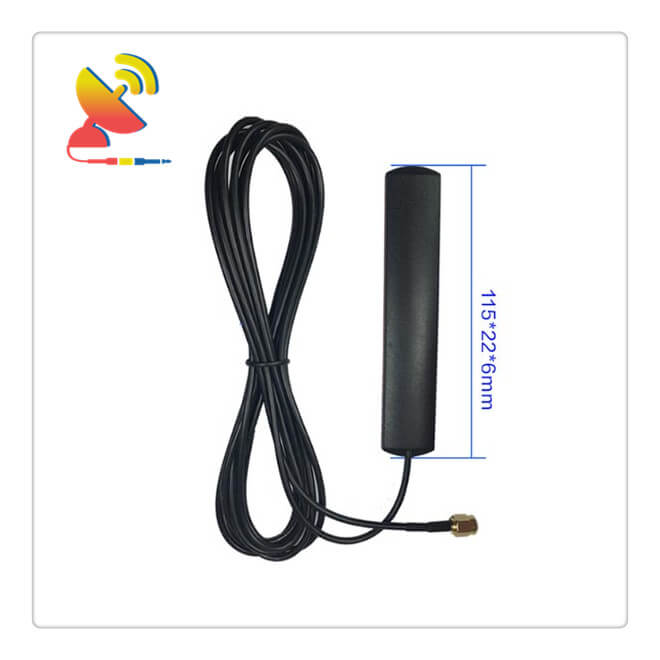
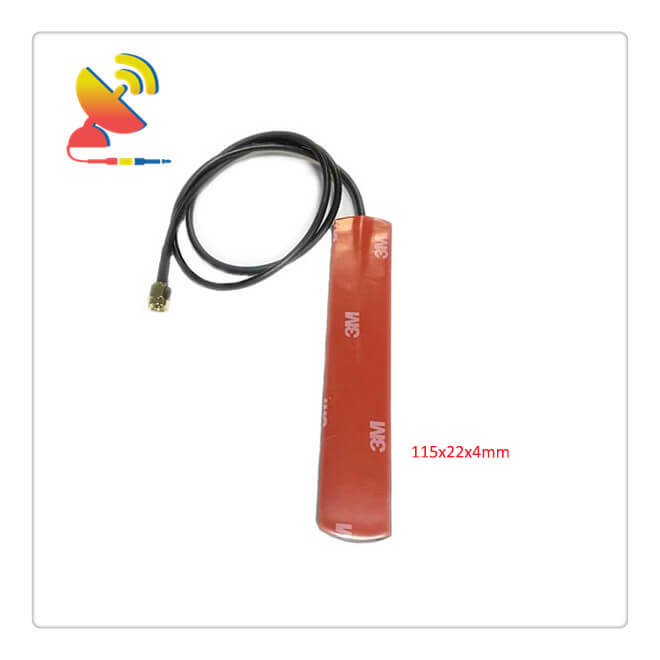
Patch Adhesive Antenna Lora 433MHz Antenna video
Lora system solution
Lora is a long-distance wireless spread spectrum transmission technology, which is one of the widely used LPWAN communication technologies.
At present, the Internet of Things is developing in the direction of large-scale deployment, and LPWAN occupies a pivotal position in the large-scale deployment of the Internet of Things with its low power consumption and excellent wide-area performance.
Lora, as a low-power wide-area network communication technology, also realizes the long-distance and low-power requirements of the Internet of Things, making LoRa technology applied to more and more fields.
1. LoRa terminal
The LoRa terminal node is an integral part of the LoRa network and is responsible for sensing or control. These terminal nodes establish communication with the LoRa gateway (concentrator or base station).
2. LoRa gateway
The LoRa gateway is a bridge connecting LoRa devices and application platforms. Ligong Technology provides users with two LoRa gateways, namely the public protocol LoRaWAN gateway for multi-node data reporting and the private protocol LoRaNET gateway for data interaction.
3. The development process
Based on the above two gateway solutions, what is the gateway development process? A brief description is given below:
1. LoRaNET solution
Node: secondary development based on AMetal platform, call API interface, develop application layer;
Gateway: Based on the secondary development of the AWorks platform, the communication part provides a protocol stack, and API interface, and develops the application layer;
Cloud: localized deployment: gateways do edge computing; data to the cloud: ZWS cloud platform is based on MQTT, can be used after registration, and other cloud platforms provide development interfaces.
2. LoRaWAN solution
Node: AT command transparent transmission: use directly through AT command; secondary development: based on AMetal platform, call API interface;
Gateway: Configure the cloud method (4G / WiFi / Ethernet) to set the server address;
Cloud: based on ZWS (register nodes, select application logic); based on other clouds (deploy LoRaWAN Servers to develop application logic).
4. IoT cloud platform
The IoT cloud platform supports rapid access to devices with multiple protocols, supports transparent data transmission and forwarding, and complete secondary development packages support fully privatized deployment, and provides a feature-rich background MIS system for unified device management, which is the core requirement of customers Provide one-stop solutions.
5. Test equipment
Aiming at pain points such as inaccessible models, difficult-to-find problems, difficult debugging, and other pain points during on-site construction, a wireless handheld signal analyzer is designed, which can be used with the wireless analyzer APP to achieve:
analog node signal coverage and targeted signal improvement Cover blind spots, real-time punctuation of maps/construction drawings, cloud data analysis, and other functions.

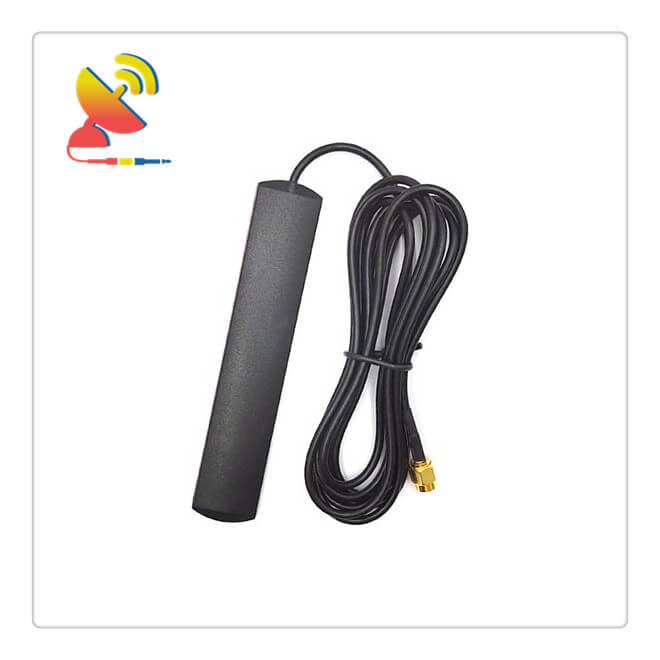
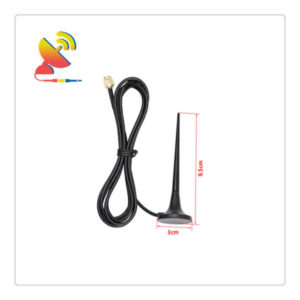
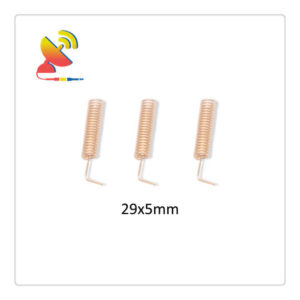
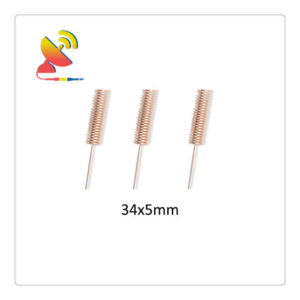
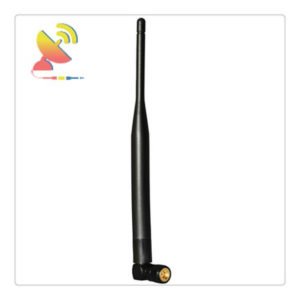
Reviews
There are no reviews yet.